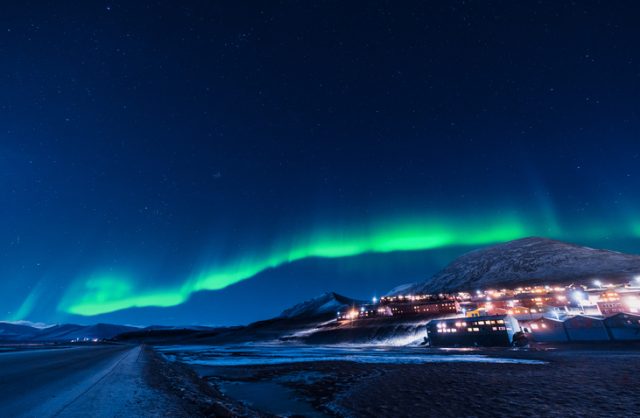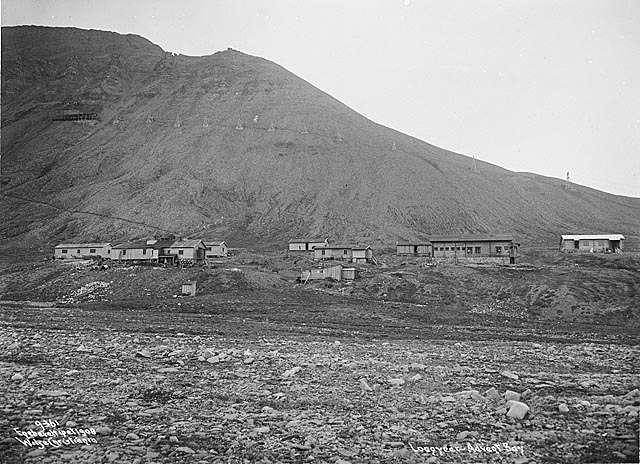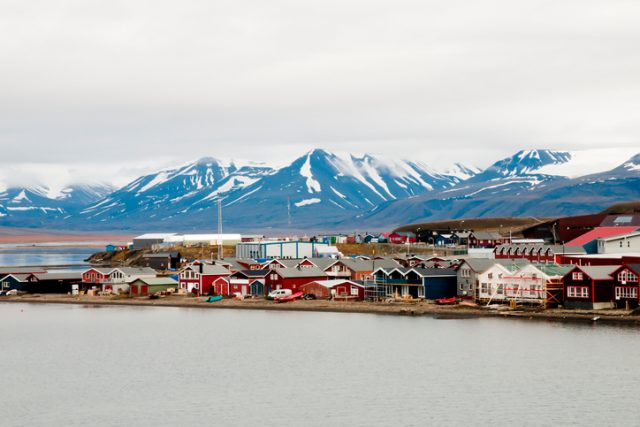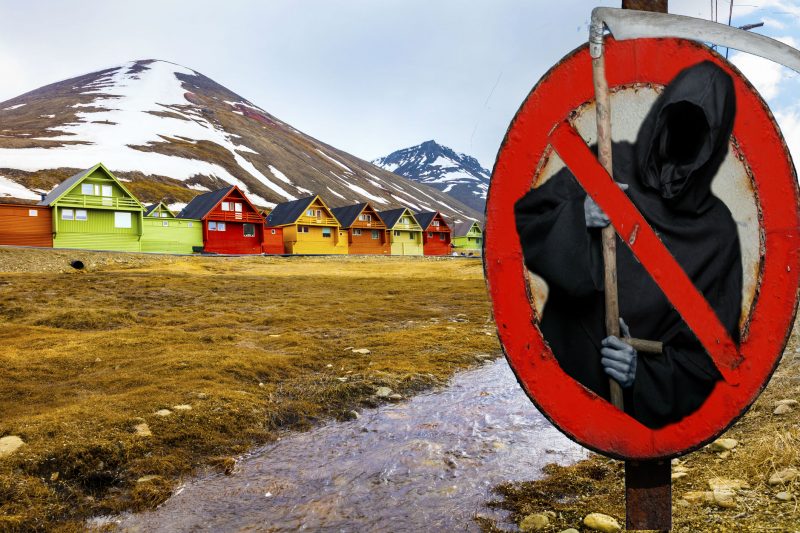It’s ludicrous if not insane to pass a law that straight out forbids death. It’s not like they can sentence the disobedient to a lifetime in prison.
Yet, despite its absurdity, examples of this social phenomenon of death being strictly prohibited existed in the past. In ancient Greece, for example, Peisistratus, the son of Hippocrates, ordered his people to exhume all the bodies and cleanse the sacred island of Delos. No one was allowed to die or give birth on the island and its holy ground.
On the other side of the world and 20 centuries later, the island of Itsukushima grew to be a place of worship for the people of Japan. To keep the holy land clean from bodies rotting underground, burials were banned and the elderly or the terminally ill were relocated to the mainland, according to tradition.
Likewise, 78 degrees north of the equator, in a Norwegian town that is closer to the North Pole than it is to Oslo, the local cemetery is closed to newcomers and funerals are forbidden. “If you seem to be about to expire, every effort will be made to send you to the mainland,” explained Jan Christian Meyer, a senior engineer and Adjunct Associate Professor at the Norwegian University of Science and Technology in Trondheim.
Longyearbyen, one of the northernmost human settlements, is home to 2,000 people and looks like an Arctic wonderland when the Northern Lights (Aurora Borealis) create magical midnight light shows in the sky above the city. It’s a spectacular place. It has the most northerly kebab restaurant in the world, and word has it, it’s one of the best.

However, the ground below the sky and the kebab house is far from magical, and is neither sacred nor holy, as in Greece and Japan. Subfreezing temperatures keep the ground in a state of permafrost along with everything in it, making it a very unpleasant place for the dead as well as those who live on the island.
In the 1950s the locals found the permafrost was interfering with the natural process of decomposition after a few of the buried bodies resurfaced, completely intact, in their cemetery. They were aware of the fact that a few decades previously, an unusually deadly influenza virus (the Spanish Flu pandemic) spread across the world and in more than three years wiped out almost 5 percent of the world’s population. Five times as many were infected, and the city of Longyearbyen was not spared. At least a dozen died from it, and all were buried in that graveyard between 1918 and 1920.
“The permanently frozen ground will not only tend to keep your buried remains from decomposing and push them to the surface. It may also perfectly preserve the disease that killed you, for locals to pick up later,” reasoned Mayer, according to the Daily Mail.
To prevent potential outbreaks of this or some other ghastly disease, authorities made dying illegal here, in a way. The cemetery was closed and the state government passed a law that forbade further burials and devised a policy that made it clear to the world that while everyone alive is welcome to come and stay, the dead are not.

From then on, all who are about to die need to be taken to the Norwegian mainland and the government will assist in every way possible to ease the process. And if something happens and “you should die there anyway, you most certainly will not be buried there, because funerals don’t work the way they are supposed to. You can apply to have your cremated remains put into the ground, but it requires state approval,” concludes Meyer.
This complicates things a bit, for aside from the harsh climate and constant freezing temperatures of 1.4°F (-17°C) on average during the winter, the residents of this mining town have to share their home with at least half as many polar bears that live in the area and can be pretty hostile when they are hungry.
In much warmer Italy, there is a small medieval hillside town in Calabria where, as of 2015, people are not allowed to get ill and dying is not an option since their mayor, Davide Zicchinella, passed a law that forces people to take good care of themselves and have regular health checkups or they will be fined and taxed. While he couldn’t prevent death directly, he said his intentions were to fight death and prevent further depopulation of the town.
A couple of towns in France ran low on space for newcomers in their local cemeteries. They asked for help from the government to assign more or build a new cemetery, but neither was given. Desperate, the towns passed laws that outlawed dying to get attention.

In Italy, the mayor devised a whole new system to help the town achieve his plan and an efficient transportation network to get his people in and out of hospitals to stay healthier. In France, few of the towns got the desired places to bury the dead after the absurd notions reached the whole state and the government was put to shame for not caring enough.
In Svalbard, Norway, Longyearbyen has no interest in increasing its population, and people living there don’t want another cemetery either. They closed theirs a long time ago. What they probably wished for, though, was to get attention, just like the towns in France.
And what seemed like a radical step taken for attention in the 1950s, in 1998 proved to be the perfect solution. That year researchers finally arrived in the town to check their cemetery. Extracted tissue from the buried bodies in their graveyard showed living specimens of one of the deadliest viruses known to mankind. The example was in mint condition, the graveyard was contaminated, and all it took was five decades and a “silly” law for authorized personnel to come up there in the north to address the issue that this “ban on dying” was actually crying for.
For what it’s worth, the ban still stands, and people from everywhere come to see the Northern Lights over Svalbard and eat one of the best kebabs in the largest northernmost human settlement in the world. They can do whatever they wish, as long as they don’t die. For there is no space for their bodies in the Arctic town.
